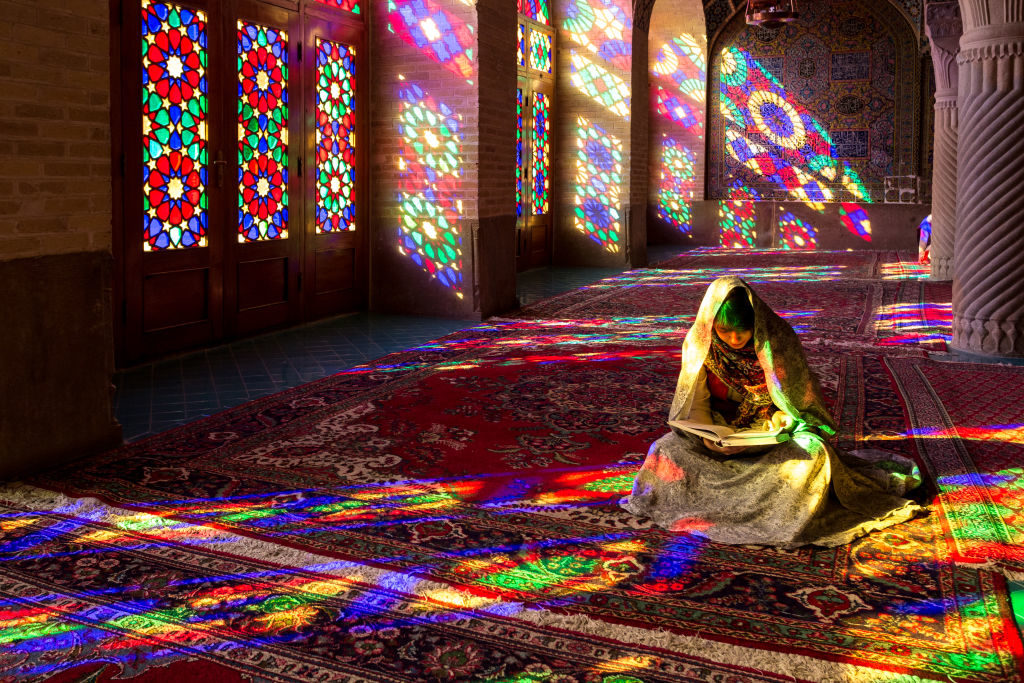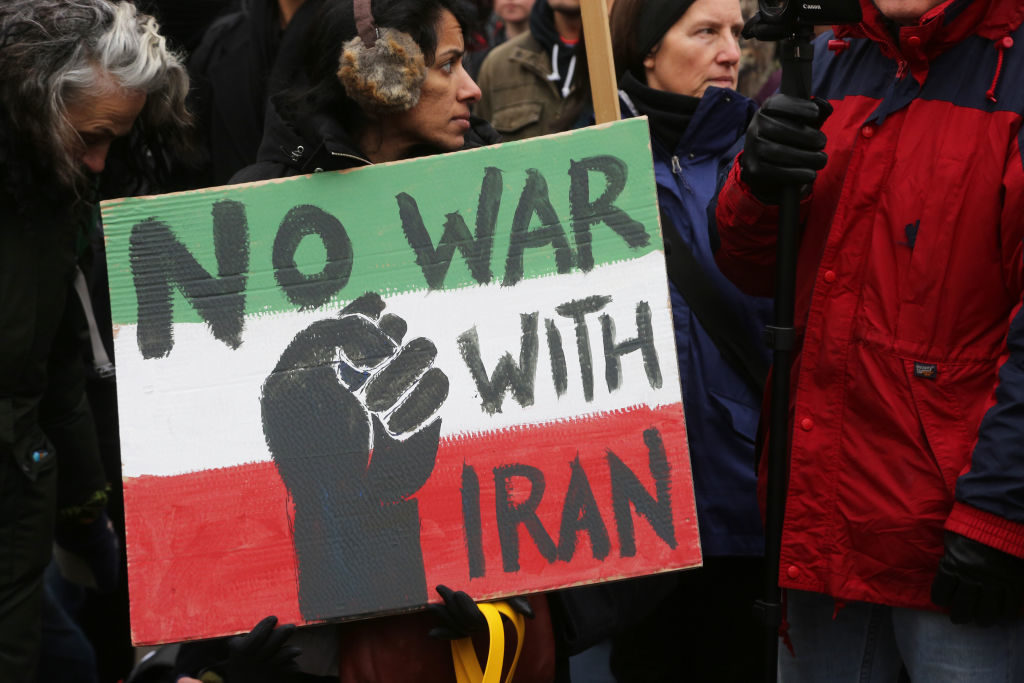Politics
President Trump’s Threat to Bomb Iranian Cultural Sites ‘Must Be Condemned,’ Say Outraged Museum Directors, Politicians, and Scholars
Cultural leaders are condemning Trump for threatening a "war crime."

Cultural leaders are condemning Trump for threatening a "war crime."

Naomi Rea

The US President Donald Trump has threatened to target major cultural sites in Iran if the country retaliates after he ordered the killing of a top Iranian military leader by drone strike. Heritage experts, including two leading museum directors, are among those who were swift to criticize Trump’s comments, which ignore international law protecting cultural property and historic sites during conflict.
In a tweet on Saturday night, Trump warned that the US will hit important cultural sites in Iran “very fast and very hard” should the Iranians kill any Americans or attack American assets.
Iran and the US have been in a tense standoff ever since a US drone strike killed the Iranian military commander Qasem Soleimani shortly after he had arrived at Baghdad airport in Iraq on Friday.
Trump tweeted on Saturday that the US has 52 Iranian locations within its sights. The president said that some of these sites are “at a very high level & important to Iran & the Iranian culture.” The number is symbolic. Fifty-two diplomats were seized in the US embassy in Tehran in 1979 and held hostage during the Iranian Revolution.
Iran is talking very boldly about targeting certain USA assets as revenge for our ridding the world of their terrorist leader who had just killed an American, & badly wounded many others, not to mention all of the people he had killed over his lifetime, including recently….
— Donald J. Trump (@realDonaldTrump) January 4, 2020
While the US has not named the targets on its radar, Iran has 22 cultural sites on the UNESCO World Heritage List, including the ruins of the ancient city of Persepolis, as well as the site of Meidan Emam, and its Royal Mosque in Isfahan, and the Chogha Zanbil complex. The country has numerous other important cultural sites, such as the historic “pink mosque” of Nasir al-Mulk in Shiraz.

The Nasir al-Mulk Mosque, also known as the Pink Mosque, in Shiraz, Iran. Photo by Dominika Zarzycka/NurPhoto via Getty Images.
Cultural figures and scholars around the world have condemned Trump’s statements. Speaking to Artnet News, the renowned Polish archeologist Barbara Kaim, who specializes in the archaeology of Iran and Central Asia, compared Trump’s threats to that of a “barbarian.”
“I completely do not understand how modern man can let himself even just to think about destroying cultural goods,” Kaim says. “How is this different from some known ISIS activities?” she asks, referring to the cultural vandalism of Islamic extremists.
Abbas Milani, the Iranian-American historian and author, says he is “profoundly shocked and dismayed” by Trump’s words. Milani, who is the director of the Iranian Studies program at Stanford University, tells Artnet News: “It is an idea that is not just against international law and cultural civility but it is politically counterproductive.” He points out that Iranians are rightly proud of their cultural heritage. “Threatening to destroy these sites only serves to strengthen the narrative of the most retrograde forces in Iran labeling America as the Great Foe.”
Tristram Hunt, the former politician who is now the director of the Victoria and Albert Museum in London, tweeted his dismay. Trump’s threats “must be condemned,” he wrote, “just as the bulldozing of Palmyra & significant heritage sites by ISIS was abhorrent.” Hunt adds: “This is a worrying step towards the normalization of cultural destruction as a war aim.” The V&A is planning a major exhibition of Persian art and design in the fall.
Thomas Campbell, the former director of the Metropolitan Museum of Art who is now at the helm of the Fine Arts Museums of San Francisco, has been unusually outspoken. He posted a powerful response on Instagram along side a map of Iran’s most important heritage sites. He explained that normally museum directors “remain behind the scenes… But when the President of the United States inverts every value system our country previously stood for, and calls for destructive attacks against cultural sites in one of the oldest civilizations of the world, you have to speak out vehemently and urgently.”
Politicians were also quick to condemn intemperate Trump’s words, including the Democratic presidential candidate Senator Elizabeth Warren. She tweeted that the US President was “threatening to commit a war crime.”

Protesters rally against the American aggression towards Iran following the US airstrike that killed Iranian Major-General Qassem Soleimani. Photo by Creative Touch Imaging Ltd./NurPhoto via Getty Images.
Iran’s foreign minister Javad Zarif responded to Trump on Sunday, also arguing that targeting cultural sites is a war crime, and writing that such a breach of international red lines is “a big(ly) ‘no no.’”
But Trump has doubled down on his statements, telling reporters as he returned from vacation in Florida on Sunday, “[The Iranians are] allowed to kill our people. They’re allowed to torture and maim our people. They’re allowed to use roadside bombs and blow up our people. And we’re not allowed to touch their cultural sites? It doesn’t work that way.”
The Iranian artist Shirin Neshat tells Artnet News that Trump’s threat recalls the Taliban’s destruction of the Bamiyan Buddhas in 2001. “Now we see how far Trump has lowered his standards; where the president of the most powerful country in the world shares the same values and strategies as a terrorist group,” Neshat says. “The irony here is that Trump’s irrational assassination of the head of the Revolutionary Guard of Iran last week, and consequent threats, makes the Islamic Republic of Iran, one of the most dangerous and vicious governments on the planet, suddenly look like the ‘good guys!'”